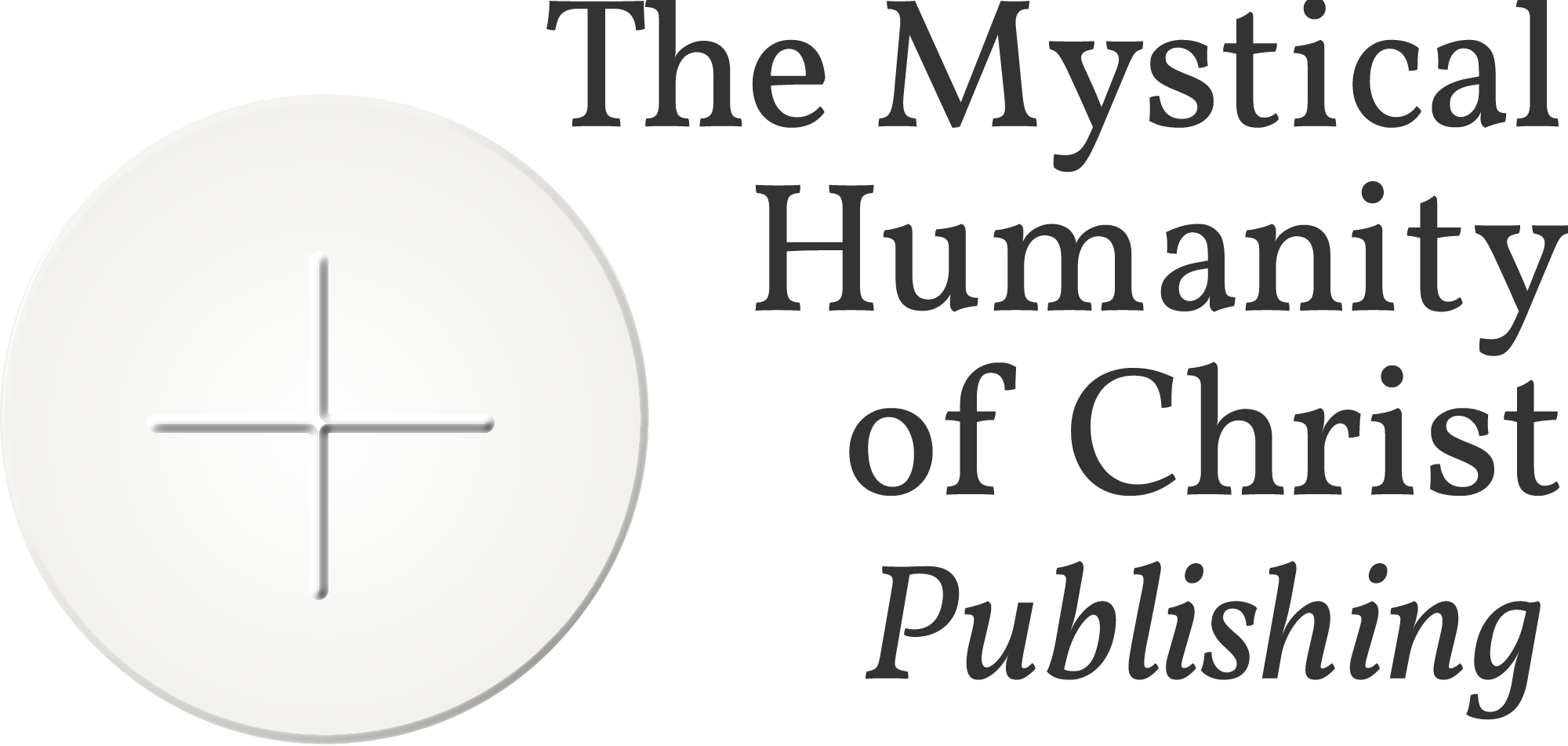
John Kubasak
St. John Henry Newman Series Part 2: The Famous Works
St. John Henry Newman will be the newest Doctor of the Church later this year, and this is the second in a series of posts about him. In this, the focus is on his most famous writings.
Apologia Pro Vita Sua
Newman was attacked publicly by an Anglican cleric named Charles Kingsley in 1864. The latter charged the former with dishonesty—in so many words, that as an Anglican, Newman was lying the entire time. The two exchanged letters and Newman felt compelled to respond in voluminous force. Unfortunately, responding to Kingsley was a terrible suffering to Newman. He wrote almost to exhaustion. Yet his suffering bore incredible fruit for the Body of Christ. Newman’s responses were collated into the Apologia Pro Vita Sua and for the first time in centuries, Roman Catholics gained public respect in England as a result. The contemporary effects were significant; yet it remains a spiritual memoir that ranks with the great spiritual classics in the history of the Roman Catholic tradition.
The first edition featured Newman at his finest: responding with polemical force and sarcasm to Kingsley. A later, second edition is the common one on bookshelves today. He proceeds through his whole life and gives the history of his religious opinions. The chapters were renamed from the original to simply cover periods of his life: from his youth to 1833 (i.e. when the Oxford Movement began), from 1833-1839 (the bulk of the Oxford Movement and when his views began to shift away from Anglicanism), 1839-1841 (when he had difficulty finding reasons to remain an Anglican, culminating in the typhoon that was Tract 90), 1841-1845 (culminating in his reception into the Roman Catholic Church), and the period of 1845 until the time of his writing in 1864.
I can’t recommend the book highly enough. It gives us a privileged view inside the mind of a brilliant man who went through a very painful and deliberate conversion to the Catholic faith.
The Idea of a University
In 1851, Newman was asked to become the rector of a new Catholic university in Dublin, Ireland. Even in Newman’s day, Catholic men did not have much chance at a university education in Ireland. Support of the Irish bishops was divided, and among them were different philosophies of education. In stepped John Henry Newman—an Englishman in an Ireland that had experienced centuries of oppression by the English. It was going to be a tough go from the start. In a bit of comedic misfortune, Newman first arrived in Kilkenny and asked to be taken to the Catholic bishop’s house. His driver took him to the Anglican bishop’s house, however, with Newman none the wiser. This Bishop O’Brien had been one of Newman’s fiercest critics. Had he been home, the shock of both Newman and the bishop would have been something to behold (A Light in Winter, Meriol Trevor, pg. 37).
The current volume of The Idea of a University is a far smoother endeavor than Newman’s in Ireland. A series of nine lectures on the topic forms the first portion, published in 1852. These cover university teaching in general, three lectures on the place of theology, and four lectures on the application of knowledge. A later edition in 1858 adds related essays and lectures. For those that wanted to read more, NewmanReader.org has eight of his sermons preached at the Catholic University.
An Essay on the Development of Doctrine
This work has an interesting chronology in Newman’s life. It began in the form of his last University Sermon in 1843 as an Anglican on the cusp of becoming Catholic. As he relates in the Apologia: “I had begun my Essay on the Development of Doctrine in the beginning of 1845, and I was hard at it all through the year till October. As I advanced, my difficulties to cleared away that I ceased to speak of ‘the Roman Catholics,’ and boldly called them Catholics. Before I got to the end, I resolved to be received” (pg. 211). He finished it in 1845 after coming into the Roman Catholic faith. Upon becoming an honorary fellow at Oxford in 1878, he dedicated a new edition to the president of Trinity College, Oxford to show his immense gratitude.
After considering ideas from a philosophical standpoint, Newman asks (and answers) the question: how does one tell the difference between an authentic development and corruption? He gives seven notes, or principles: the preservation of its type, continuity of its principles, its power of assimilation, logical sequence, anticipation of its future, conservative action upon its past, and its chronic vigor. For the rest of the essay, he takes up practical examples of each. He doesn’t shy away from the difficult topics of the day: the Blessed Virgin Mary, the saints, purgatory, and relics. Newman tackled apologetics in his day.
Grammar of Assent
John Henry Newman was nothing if not detailed and deliberate. The writing of his most philosophical work, An Essay in Aid of a Grammar of Assent, came toward the end of the 1860s. The topic, on the other hand, had been marinating in his mind for the preceding few decades. How does one move from finding an argument persuasive to assenting to it? While the concept seems abstract, the human mind and soul does not move so quickly between those two points. Newman himself is proof.
Newman passed on an invitation to the First Vatican Council in 1870 so that he could finish the book.
Letter to the Duke of Norfolk
Most modern Catholics know of the First Vatican Council and remember that the dogma of papal infallibility came out of it. That is, the pope speaks infallibly when he specifically pronounces something ex cathedra (“from the chair” of Peter) and something on the topic of faith and morals. This was as contentious an issue then as it remains today, and the anti-Catholic sentiment that pervaded England amplified it.
While Newman did not attend the Vatican Council, many English bishops still wrote him to ask for his opinion. He wrote a confidential letter to his bishop in Rome, offering his thoughts. While he would support any dogmatic definition, he raised questions as to whether this was the time or the means to do it. He asked for his bishop’s opinion on whether or not he should make his thoughts public. After a few weeks, the letter wound up circulated in London; a few weeks after that, it was published in a newspaper (A Light in Winter, Trevor, pg. 475-476). The gathered bishops in Rome were not happy, and I cannot imagine the blow it was to Newman in his trust in his bishop. For contemporary critics that called Newman overly sensitive, they sadly did not consider that this type of treatment was somewhat regular for Newman. He dealt with constant attacks and criticism, whether he was an Anglican or a Catholic.
Like other works in his career, Newman’s public suffering ended in benefiting us. His Letter to the Duke of Norfolk followed the formal definition of papal infallibility and an attack from the British prime minister. He restated his thoughts and The letter was published in a larger volume, Certain Difficulties Felt By Anglicans in Catholic Teaching. He closed his work with a great example of humility, docility, and obedience:
“I say there is only one Oracle of God, the Holy Catholic Church and the Pope as her head. To her teaching I have ever desired all my thoughts, all my words to be conformed; to her judgment I submit what I have now written, what I have ever written, not only as regards its truth, but as to its prudence, its suitableness, and its expedience. I think I have not pursued any end of my own in anything that I have published, but I know well, that, in matters not of faith, I may have spoken, when I ought to have been silent.”




Comments